Persistent Slab problem in the Northwest of BC
Backcountry skiers and riders in Northwest BC and the Yukon are facing a persistent slab problem this season, with conditions that differ significantly from recent years. Guides and avalanche professionals are issuing strong warnings about the buried weak layer, urging a disciplined, conservative approach to terrain selection in the coming weeks. The persistent slab problem is very touchy and capable of producing large avalanches, as seen in the above photo located northeast of Terrace.
Recent observations from White Pass highlight instability in the snowpack, particularly due to a crust/facet interface formed by the early December atmospheric river. This layer, now buried 90 cm deep, has been demonstrating propagation potential in snowpack tests and is primed for human triggering—especially in thinner snowpack areas.
ACMG Guide Eikik Sparpe echoed the concerns being raised by Avalanche Canada, emphasizing that this layer is eerily similar to the persistent weak layer from the 2023 season, which continued to surprise backcountry users well into spring.
“We are dealing with a very different snowpack in the White Pass compared to what we’ve seen over the last several years,” Sparpe said. “A disciplined approach will be critical in managing the hazard posed by this layer in the coming weeks.”
In the alpine above Fraser, his team carefully linked smaller, supported terrain features, yet still encountered unsettling signs of instability.
“Even on what we considered a ‘safe route,’ we experienced spine-tingling whumpfs whenever we transitioned from thicker to thinner snowpack areas.”
This audible and felt settlement of the snowpack—a telltale sign of instability—reinforces concerns that steeper, unsupported terrain could be highly reactive to skier and rider loads.
Snowpack tests in the region are providing concrete evidence of instability:
CTH21SC, ECTP23 – These results indicate failure under hard loads with the potential for wide propagation, meaning that if this layer is triggered, avalanches could be large and destructive.
Weak Layer Buried at a Dangerous Depth – At 90 cm deep, the crust/facet interface is at a depth where skiers and riders can trigger it, making it a classic persistent weak layer problem.
Elevation and Distribution – This layer has been observed up to 1700m, making it a widespread hazard across the region.
If history is any indicator, this December crust/facet layer could be a season-long concern. Backcountry users will remember the rain crust of 2023, which continued to produce large, unexpected avalanches well into the spring.
“Even if this layer seems to settle, I’ll be keeping it in mind throughout the season,” Sparpe noted. “It’s too similar to 2023 for comfort.”
Given the nature of this unpredictable and reactive weak layer, experts are advising backcountry skiers and snowboarders to adopt a highly cautious approach:
• Stick to Conservative Terrain – Avoid steep, unsupported slopes and convex rollovers where triggering is more likely.
• Listen for Warning Signs – Whumpfs, cracks, and recent avalanche activity are red flags that the snowpack remains unstable.
• Reassess Standard Routes – Even trusted lines from past seasons may not be safe under this year’s conditions.
• Consider Group Management – Minimize exposure by spacing out in avalanche terrain and having escape plans in place.
• Check the Forecast Daily – Conditions can change rapidly, and even subtle shifts in weather could reactivate buried weak layers.
The lure of deep, untouched powder in the Northwest BC and Yukon backcountry is undeniable, but this season’s snowpack demands respect and patience. This is not the year to take chances on steep, committing terrain.
As Sparpe and other avalanche professionals have noted, this layer is not going away anytime soon. Staying disciplined, informed, and cautious will be the key to enjoying the backcountry safely this season.
Stay tuned to Avalanche Canada for updates, read local observations, and always carry proper rescue gear and travel with experienced partners.
Play safe, ski smart, and respect the mountains.
Source: AviCan MIN, Mountain Conditions Report


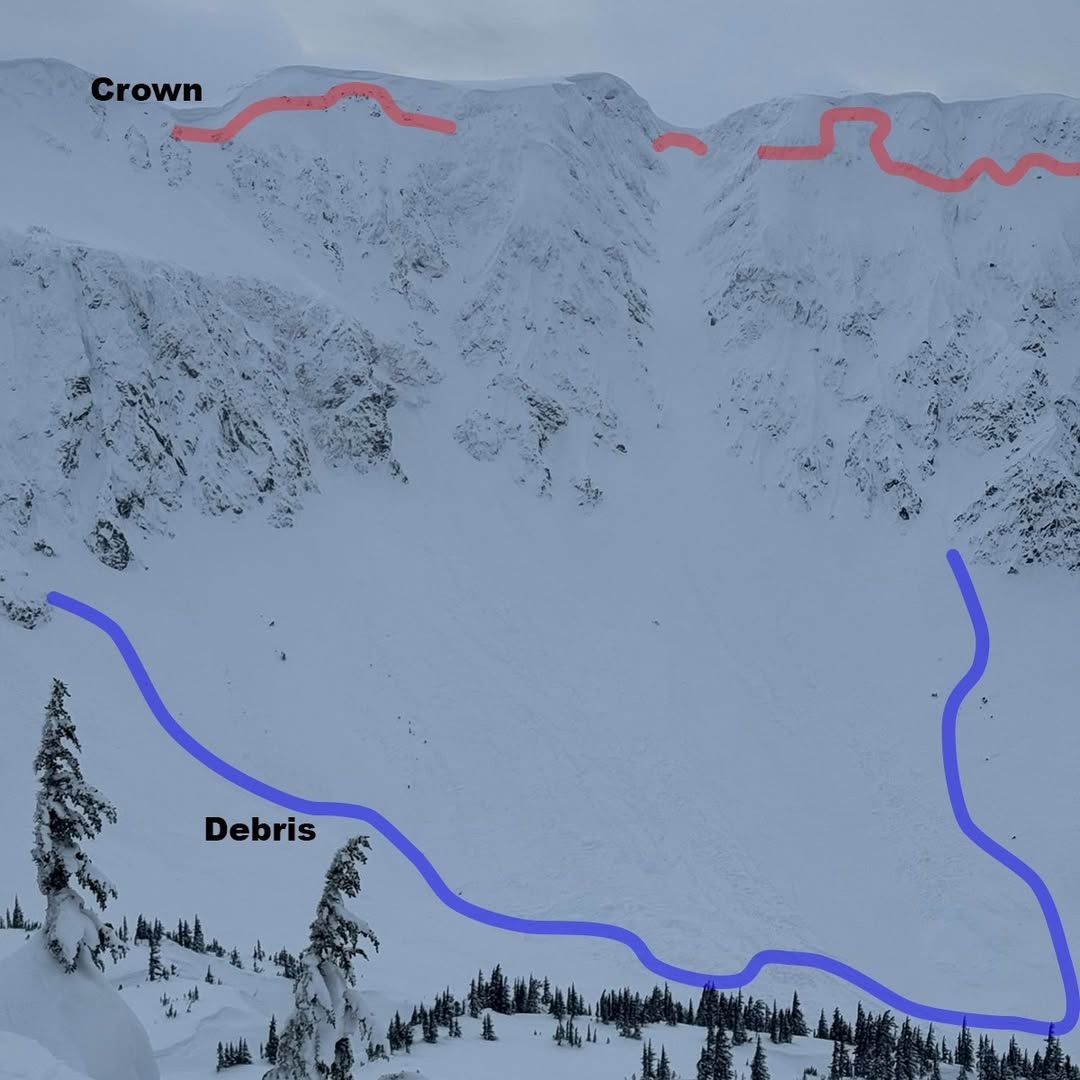


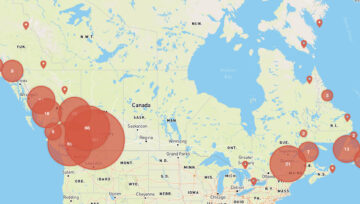
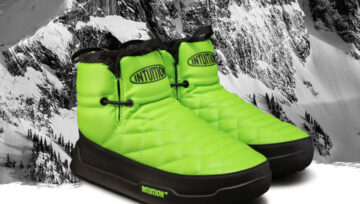
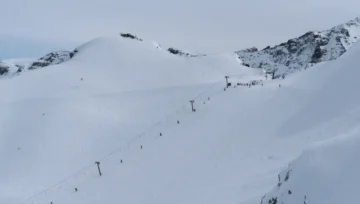
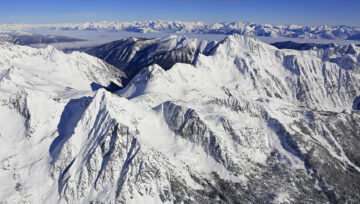
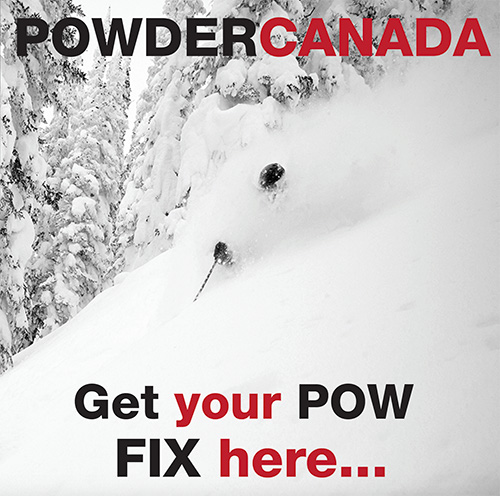

Comments